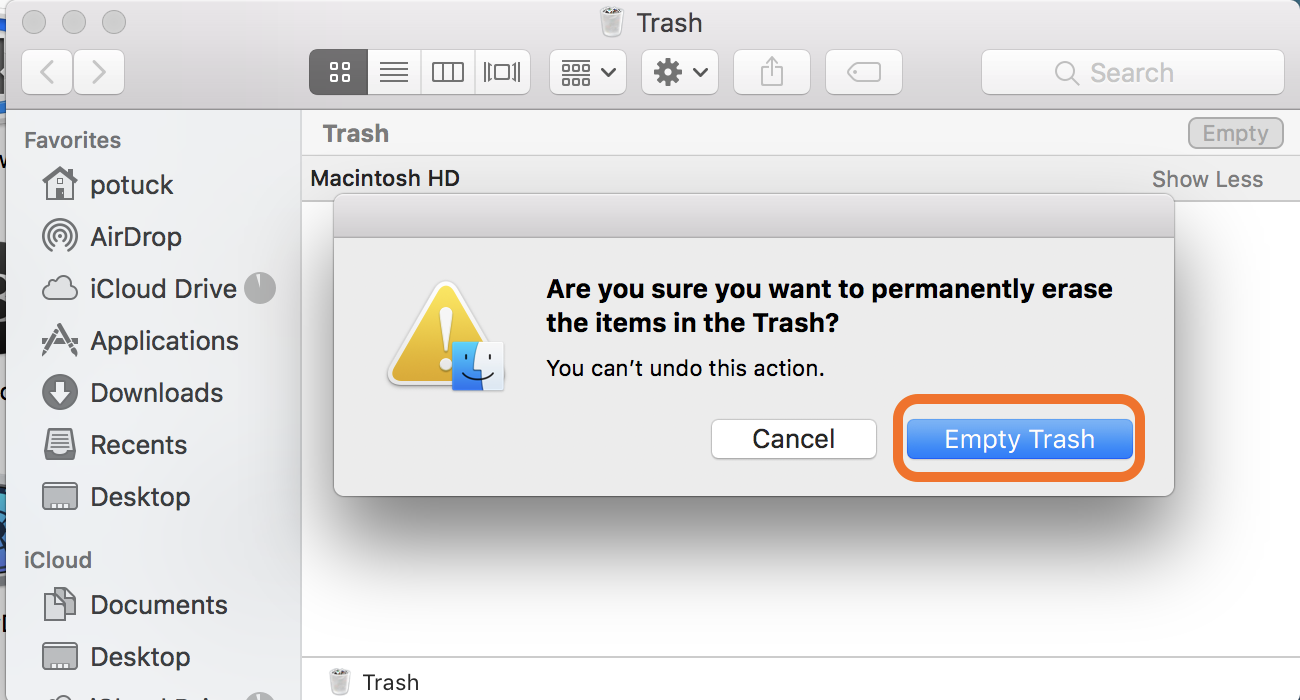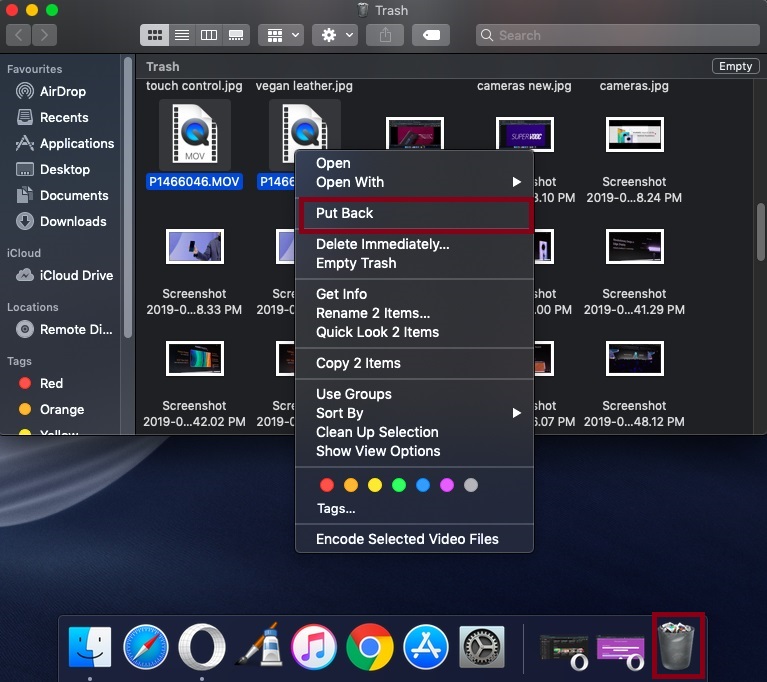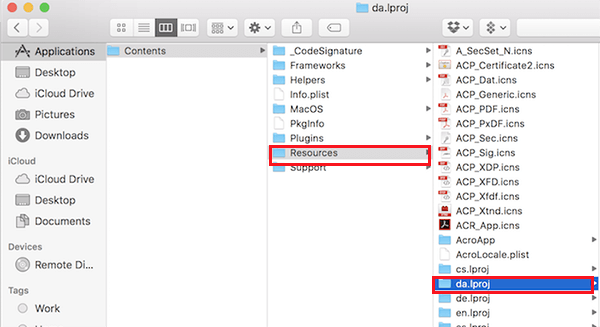
You can go about the task manually, which might give you a sense of more control but will take a considerable amount of your time. There are basically two ways to remove Other storage from your Mac or MacBook. Files that cannot be fully identified and classified by Spotlight are grouped as Other storage. It can include system files and caches, browser extensions, media files stored inside other applications, and files that are created by third-party apps. Essentially, files grouped into the Other category are those which do not fit nicely into another classification. There is no easy answer to that question. The colored bars for Photos, Apps, Documents, Audio, and Video all tell you exactly what types of files are occupying your storage.īut what about that Other category. Most of the storage types are fairly self-explanatory.

The graph is broken into segments that represent various types of storage such as Apps, Documents, Photos, and Other. You are now presented with a horizontal bar graph that displays the amount of storage currently in use on your hard drive. Allow your system to complete calculating the breakdown of your disk’s storage.


Once we go into the Storage section here, we can see a vague breakdown of what is taking up space on our computer. When a file doesn’t fit into one of these, it will then go into the Other category.Ī great way to get a sense of what is on your hard drive is to look at the ‘About This Mac’ tab. The standard storage categories on a Mac are Apps, Photos, Documents, Audio, and Video. One thing that can cause confusion is that when looking at the storage space on your Mac, you may see a value named “Other” which doesn’t tell you what is taking up the space in that section. Whatever the reason, you have decided to embark on a disk cleanup to give yourself more storage room. Maybe you were playing around with Disk Utility and found that your disk is more full than you would have expected.

You are still satisfied with the performance of your Mac but you may have noticed a slight slowdown. Your Mac is screaming fast and you have storage to spare. When you started your machine for the first time, you might have been confident that you would never fill up all of those gigabytes. The hard drive on your Mac is where all of the files and data required to power the computer are stored.


 0 kommentar(er)
0 kommentar(er)
